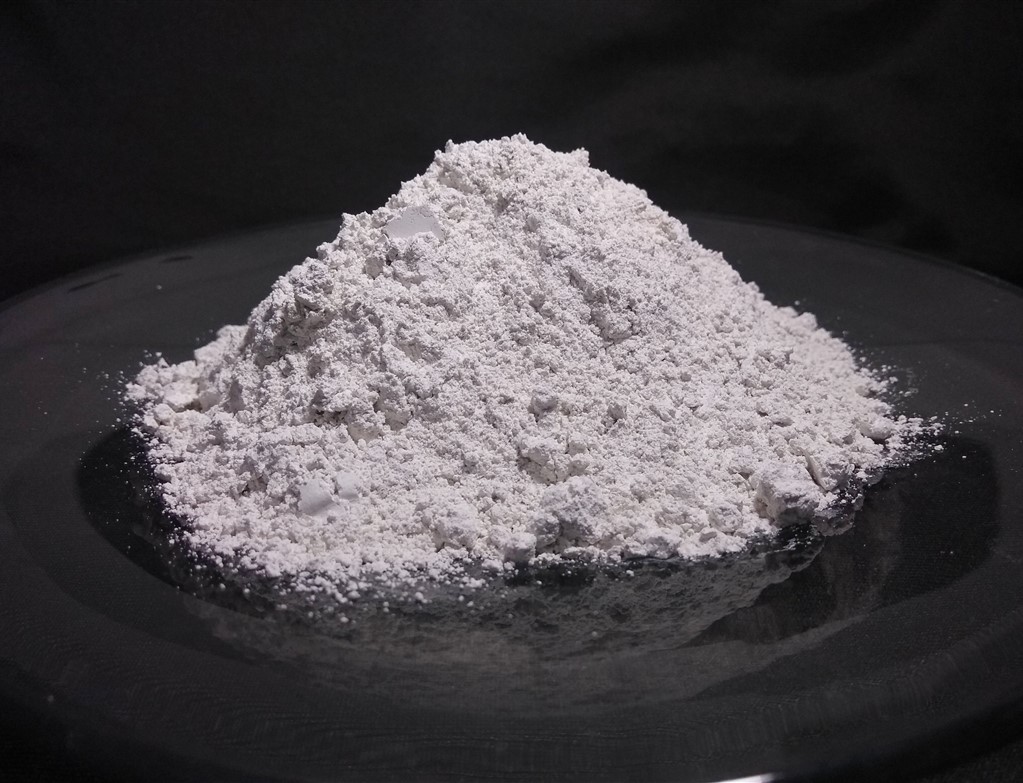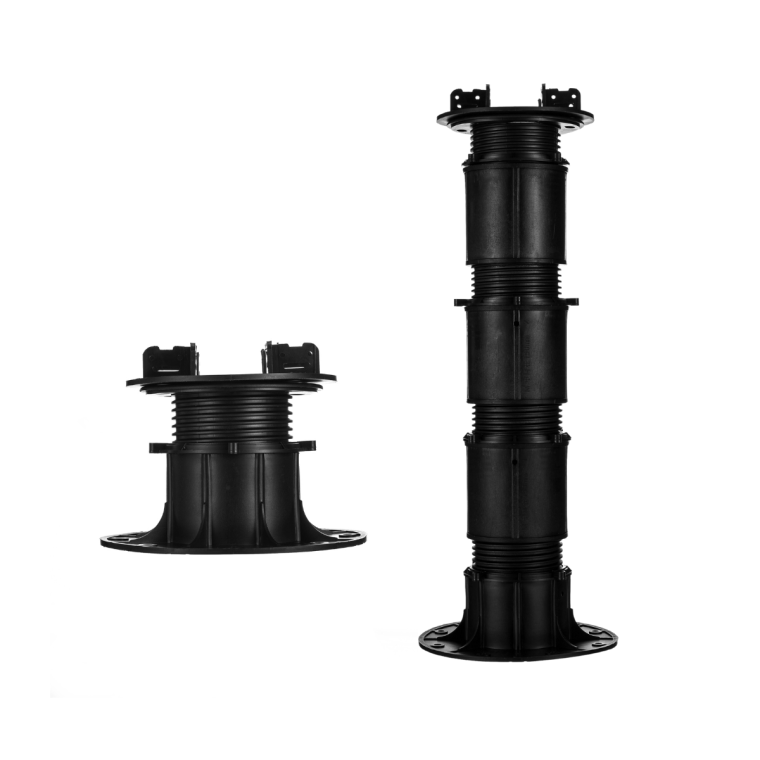What is the Correct Mix for Lime Mortar?
2 min read
Lime mortar is a traditional building material that has been used for centuries. It is made from a mixture of lime, sand, and water, and is used to bond bricks and stones together in construction. However, getting the correct mix for lime mortar can be a challenge, as it requires a delicate balance of ingredients to achieve the desired strength and durability.
The first step in creating the correct mix for lime mortar is to choose the right type of lime. There are three main types of lime: hydrated lime, hydraulic lime, and natural hydraulic lime. Hydrated lime is the most common type, but it is not suitable for all applications. Hydraulic lime is a better choice for areas with high moisture or exposure to the elements, while natural hydraulic lime is the strongest and most durable option.
Once you have chosen the right type of lime, the next step is to mix it with sand and water. The ratio of lime to sand will depend on the application, but a general rule of thumb is to use one part lime to three parts sand. The water should be added gradually, and the mixture should be stirred constantly to ensure a consistent texture.
It is important to note that the correct mix for lime mortar will vary depending on the specific project. Factors such as the type of bricks or stones being used, the climate, and the intended use of the structure will all play a role in determining the ideal mix. It is always best to consult with a professional before beginning any construction project involving lime mortar.
In conclusion, the correct mix for lime mortar is a delicate balance of lime, sand, and water. Choosing the right type of lime and adjusting the ratio of ingredients based on the specific project is essential for achieving the desired strength and durability. With proper care and attention, lime mortar can be a reliable and long-lasting building material for centuries to come.



